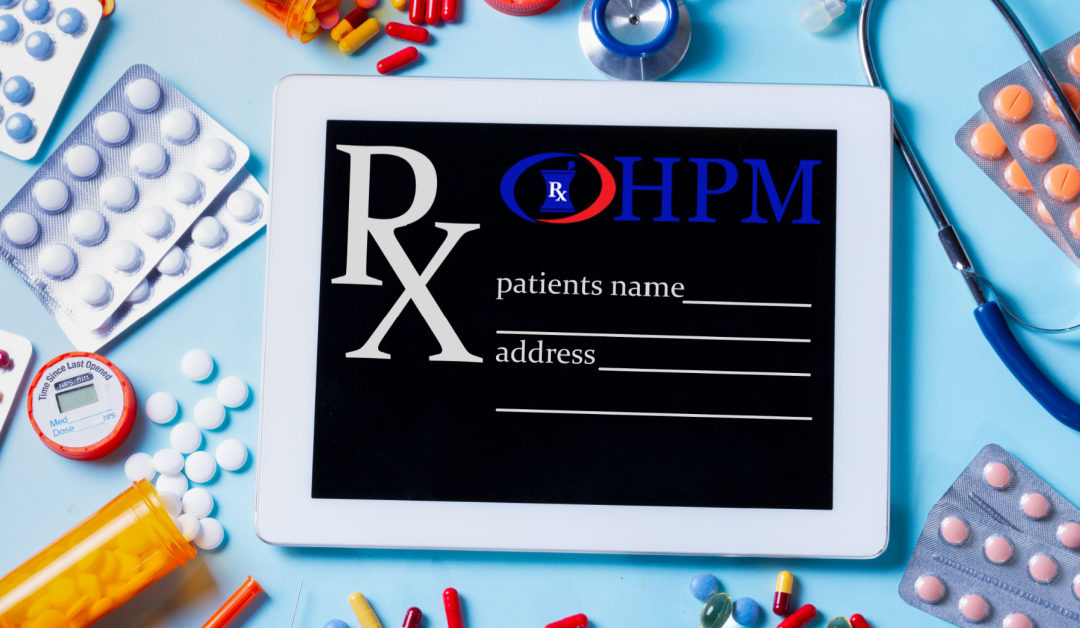Telepharmacy provides infrastructure and efficiency to pharmacy care while delivering substantial improvements in patient care, particularly in rural and underserved hospitals. If you’re considering implementing a telepharmacy program in your hospital, there are 5 important steps to consider. These steps will help you evaluate your current pharmacy environment and identify how you can integrate a telepharmacy system to support your hospital’s needs.
1. Know the Rules and Regulations
The fist step you’ll need to take before establishing a telepharmacy program is to determine the rules and regulations for your state. In the age of COVID, according to Center for Connected Health Policy “many states have taken action to remove policy barriers to telehealth utilization to address the pandemic” so make sure to look for current policies in your location. One of the best ways to find the information you need is to reach out to your state’s board of pharmacy and state pharmacy association for information on current regulations. If you plan to deliver telepharmacy services across state lines and/or in multiple states, you will want to determine the rules for all of these states. Remember, while most states permit some form of telepharmacy, requirements can vary significantly from state to state.
2. Which Services are Right for You?
Once you have identified the rules that govern your state, it’s time to research the types of services your state allows. Familiarizing yourself with potential services will help you determine the process, policies, and procedures your team will need to ensure safe and effective delivery of telepharmacy implementation. Common telepharmacy services include the following:
- Comprehensive medication management (CMM)
- Medication therapy management (MTM)
- Medication reconciliation post-discharge (MRP)
- Drug information, review, and monitoring
- Patient assessment and counseling
- Compounding medication verification
- Annual Wellness Visits
- Remote Patient Monitoring
- Medication Synchronization
3. Evaluate Your Current Resources and IT Technology
Critical components of telepharmacy include the resources to handle in-house tasks and the information technology (IT) infrastructure to power the operation.
Components and IT resources you’ll need to evaluate include the following:
- Physical space
Do you have an existing space to house a telepharmacy team or will you need to acquire one? What will you need to appropriately furnish the space to deliver services? - Personnel
Do you have pharmacists and pharmacy technicians available to staff the program? Some state boards of pharmacy identify specific training, certification, and/or experience pharmacy technicians must possess to legally engage in telepharmacy services. You will also need to identify who will oversee and coordinate the program, handle scheduling, perform billing, etc. - Education and training
Do you have the means to provide the education and/or training necessary to ensure your pharmacists and pharmacy technicians are comfortable with delivering telepharmacy services? - Licensing
Do you meet the licensing requirements to deliver telepharmacy? Also note that if you plan to stock controlled substances, you will need to complete the Drug Enforcement Administration registration process. - HIPAA Compliant IT Access
An essential consideration when evaluating your hospital’s IT infrastructure is security. HIPPA requirements are the same for telehealth as they are for in-person patient care. According to the American Pharmacists Association, all technology utilized is required to be encrypted and HIPAA compliant. - HIPAA-compliant Platform(s) for Communications
What do you need to interact with patients? From a simple telephone to solutions such as Microsoft Teams and Zoom for Healthcare. You’ll also need tools in place for your telepharmacy administration team to properly route patient calls and requests to available telepharmacists.
5. Choose Between In-house or Outsourcing Options
At this point, it’s likely evident that establishing a telepharmacy program is no small feat. The good news is that there’s no need to create your own system. If your research and evaluation reveal that your organization lacks the resources, staff, IT infrastructure, and, most importantly, the time to develop a telepharmacy system, we have the solution. At HPM, we supply hospitals and provider organizations with board-certified clinical pharmacists who can deliver medication management, support services, medication therapy evaluation, and more. With round-the-clock service and monthly billing, Hospital Pharmacy Management can change the way pharmacy services are handled in your hospital and improve the quality of care your organization provides. If you’re interested in learning more about how HPM and telepharmacy services can assist your organization contact us today!


Recent Comments